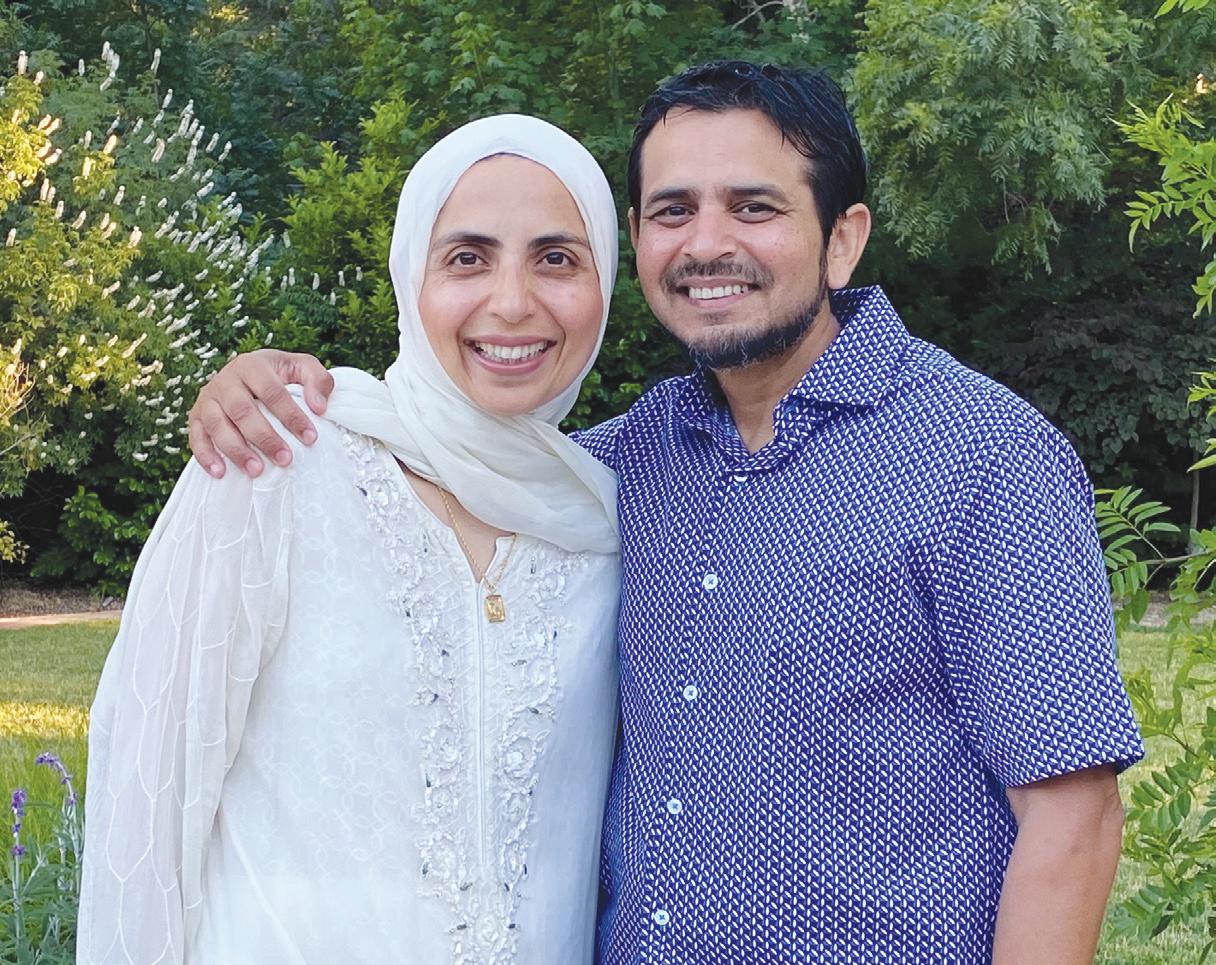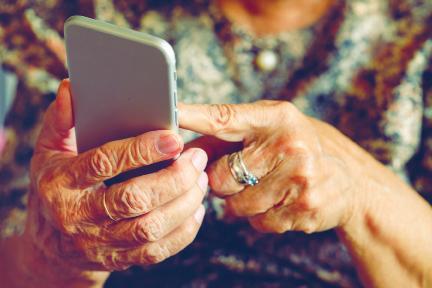
4 minute read
Form Of Dwarfism
3 Austin South Asian | August 2021 How The Most Common Form Of Dwarfism Impacts Families
Though it is the most common form of dwarfism, occurring in one out of every 25,000 births, achondroplasia is often misunderstood as a condition only affecting one’s height.
Beyond disproportionate short stature, achondroplasia is associated with a number of serious health complications, sometimes resulting in the need for invasive surgeries.
What’s more, individuals with achondroplasia have disproportionately short limbs, which impairs functioning and can lead to delayed development of self-care skills.
Despite the many complications that can arise as a result achondroplasia -- including sleep apnea, bowed legs, enlarged head, spinal stenosis (narrowing of the spaces between your spine), recurrent ear infections and compression at the foramen magnum, the opening in the base of the skull through which the spinal cord passes -- research funding for this condition is scarce and treatment options are limited. lar visits to such specialists as an ear, nose and throat doctor, a neurosurgeon and orthopedist, as well
Indeed, when Amer and Munira Haider’s son, Ahmin, was diagnosed with achondroplasia at 9-months old, the couple soon learned that his health would have to be actively managed with regu-
as by working with physical and occupational therapists throughout childhood.
They also learned that there are no drug treatments for achondroplasia, and management of achondroplasia can frequently involve surgical intervention. Ahmin would likely need at least four major surgeries in his lifetime.
“We spoke to different researchers and clinicians about any potential drug therapies and discovered that because achondroplasia is a relatively rare condition, their work was not being funded adequately to drive the science and further drug development,” says Amer Haider.
Envisioning a life for Ahmin in which he is physically independent and experiences the fewest possible orthopedic challenges, and seeing a gap in the community, the couple established the Growing Stronger Research Fund. Its mission is to raise funds to support the efforts of researchers in the field and connect little people with experts who can answer their questions.
“Through the organization, we hope people will join our cause of ensuring momentum for improving the quality of medical care for little people,” says Amer Haider. “We believe every family should have access to therapeutic options.”
This drive is also why the Haiders made the decision to enroll Ahmin in a clinical trial for patients with achondroplasia.
“After a year of research, and discussing the available safety data and risks with our doctor, we felt it was the right thing to do for our son,” says Munira Haider.
To learn more about living with achondroplasia and the work that scientists are doing to create a drug therapy, visit growingstronger.org.
While the potential complications people with achondroplasia face are many, ongoing research to better understand the condition continues, with several different therapeutic candidates advancing in clinical trials, creating the potential for treatment choices in the future. (StatePoint)
Why Closing The Technology Gap For Older Adults Matters
The COVID-19 pandemic brought with it a rapid acceleration of telehealth as people looked for ways to access care safely.
While technology kept many in the United States connected to care and loved ones, many low-income older adults were left behind by the sudden need to understand and access technology and internet services.
However, among those who could stand to benefit the most from these services are 22 million older adults (ages 65 and above) in the United States who don’t have broadband access at home.
What’s more, older adults (ages 62 and above) with an income below $25,000 are 10 times more likely to be offline at home.
Many older adults lack the technological literacy needed to leverage digital resources for health and social support. New efforts are helping to address these inequities. CITRIS Health, an organization dedicated to advancing the well-being of older This project is offering one-onone training, in-language support and peer-based technical support to equip older adult residents of Following an initial pilot, participants reported both an increase in device usage as well as confidence in using their devices.

Technology helped to connect them to loved ones they were isolated from, and improved their overall health and wellbeing by reducing social isolation and loneliness.
When asked about their favorite part of using a Google device, one participant stated, “Being able to connect visually with family and friends. And visually means a
adults and family caregivers with enabling technology, recently launched “Lighthouse for Older Adults.” affordable housing communities with high-speed broadband access, user-friendly devices and digital literacy training. lot.”
Those at the helm of the project say they hope its success will serve as a model for other such programs. “Older adults have so much to gain from the connections and health care opportunities available with internet access and a basic understanding of technology,” says CITRIS Health director and Lighthouse project lead David Lindeman.
“We’re eager to see this program replicated to improve equity in telehealth.”
For resources that can help other organizations implement similar programs, visit the Lighthouse project page on the CITRIS Health website, citris-uc.org.
The COVID-19 pandemic has made it clear that technology literacy and access are more crucial for older adults than ever before.
When it comes to improving the health and well-being of communities, addressing this gap is essential. (StatePoint).










